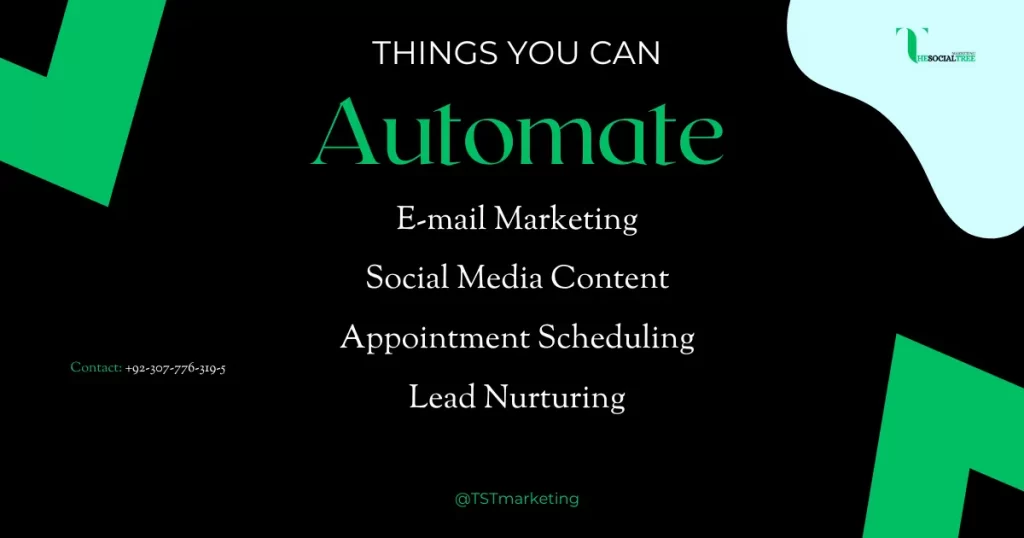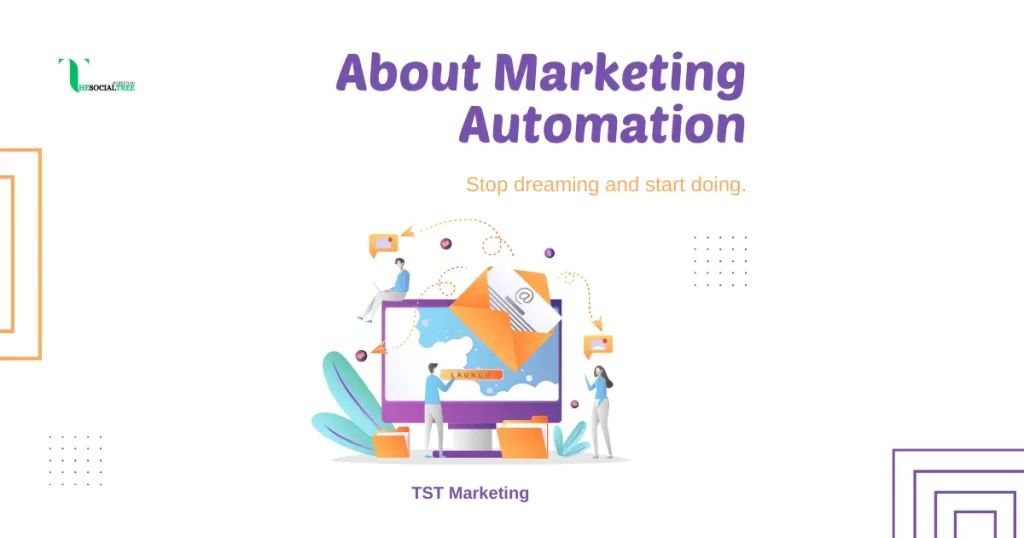Table of Contents
ToggleWhat is Marketing Automation?
The use of software and tools to automate iterative marketing tasks is called marketing automation. Marketing automation is necessary in this busy era. Marketing Automation involves managing social media platforms, analyzing data, or sending emails.
Local automated marketing is also popular in some countries.
MA is also known as a process of speeding up iterative, time-saving, and difficult or complex tasks with the help of various automation tools. Marketing automation helps businesses to save time, enhance efficiency, and achieve accuracy in targeting their people.
Moreover, there are many benefits of marketing automation. It is used to create personalized and related content nurture leads, and track customer interactions. This leads to increased revenues, improved engagement, and higher conversion rates for your business.
What is the main objective of Marketing Automation?
Companies can target a wider range of customers and prospects across various channels by using marketing automation tools. Marketing teams use automation strategies to save their staff precious time, improve workflows, and increase customer experience.
In addition to this, marketing automation is also used to break down silos and smoothes out association with your team, and beyond. You can enhance visibility across the marketing team by centralizing all campaigns inside marketing automation.
Marketing automation tools also help with lead scoring, generation, and nurturing, measuring the ROI of campaigns as well.

The benefits of marketing automation
1- Customer Experience
Users do not have to wait as long for a support person because these tools help in setting up alerts and automated elements of customer care.
2- Enhancement of Campaigns
Without requiring any additional manpower businesses can run campaigns on various channels. And can improve their marketing campaigns in no time.
3- Increase ROI on employee costs
Employees spend more time on critical tasks as compared to repetitive tasks. Marketing automation helps to save salaries for the marketing team.
4- Brand Consistency
When employees have a busy workload automated tools can maintain consistency around brand assets, email send times, content scheduling, etc.
5- Campaign Measurement
There are many inbuilt ways in marketing automation tools to test the efficacy of your marketing strategies. Analytics report helps you to understand the results of your ad campaigns.
Additionally, it is used to empower you to create effective marketing material such as targeting leads, based on how warm they are, and based on previous interactions with your brands.
It also helps your marketing team, and teams beyond, make better decisions with improved workflows.
How marketing automation works?
There are 7 steps in the process of marketing automation are described below
1- Selection of software
Different customers have different needs. When you have a large number of potential customers from different areas you need to understand them accordingly. This understanding helps to engage them.
Automation software makes simple and efficient the complex process of lead scoring, tracking customer touchpoints, and determining where the funnel customer falls. This empowers your sales team to identify how to approach target customers. Good software fulfills your all needs.
2- Define your customer segments
It is the process or a way of categorizing your target audience into groups and lists. It is based on particular factors such as the title of the job, industry, purchasing intent, and previous interactions.
By identifying these segments you can create more personalized content and messaging at every touchpoint of the customer journey to warm up leads, re-engage with customers, etc.
3- Make Effective Strategies
When you determine which customer segments to target, you can shape your strategy to determine how you want to reach your audience at different touchpoints. By ads, social posts, emails, blog posts, and their triggers that will speak to each customer segment.
4- Right content
In Marketing Automation right content is like oxygen for humans. It involves informative blog posts, targeted landing pages, and engaging SM* content. Because multiple segments will need and respond to different messages and material. Relevant and valuable content can increase customer engagement.
5- Analytics & Reporting
To measure, test, and improve strategies use analytics and reporting. In this case, automation is a true changer. It can turn data sets into actionable insights in a very short time that can be impossible to calculate manually. It helps to track ROI, click-through rates, the effectiveness of your efforts, and conversion rates.
6- Testing
Automation is very helpful through A/B testing. For instance, for emails, this can identify what subject lines result in more clicks. Use insights from analytics and refine strategies if needed to achieve better results.
7- Improving strategies
It is very essential to improve marketing strategies with time. Automation provides help in setting data-driven SMART goals for your goals. You can measure, test, and improve strategies faster. Be fast in this step to get high results according to your expectations.
Marketing automation Channels
1- Email Marketing Automation
In email marketing automation you can set up automated email campaigns for everything. In this common use of marketing automation, from welcome emails to birthday discounts to abandoned cart reminders, can be set up automatically. This helps in good relationship building with customers or targeted audiences.
2- Social Media Marketing Automation
It is very time-consuming work to manage multiple social media accounts manually. With the help of automation tools, you can schedule posts in advance, and monitor mentions and comments; even if you are sharing blog posts or other content. Scheduling posts in a consistent way ensures the engagement of customers.
3- Lead Nurturing
By delivering targeted content at each stage of the buyer’s journey, automation can help you guide leads through the sales funnel. It might involve educational articles, product demonstrations, etc.
4-Customer Retention
It is very important to keep engaged with existing customers as well as attract new ones. Through personalized emails loyalty rewards, and special offers you stay in touch with your customers and automation is helpful in this engagement. Customer re-engagement can be done by offering them special offers, personalized messages, or publishing content according to their interest.
Conclusion:
For businesses of all sizes automation is a powerful tool. You can streamline your marketing efforts and drive desired results by automating iterative tasks and personalizing customer experiences.

